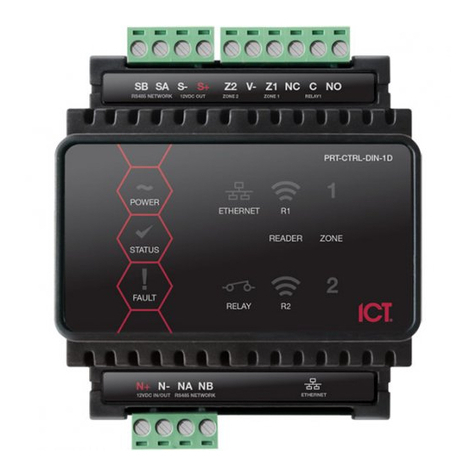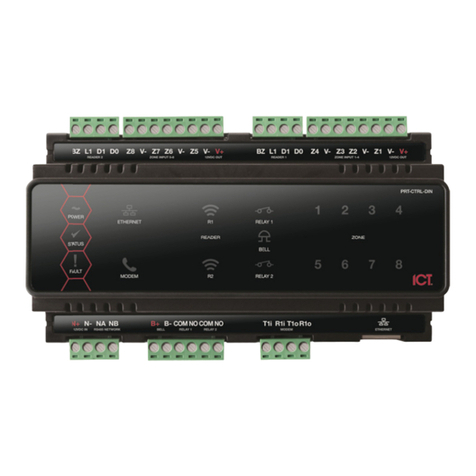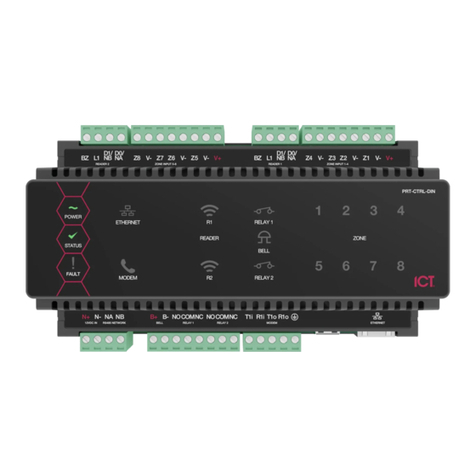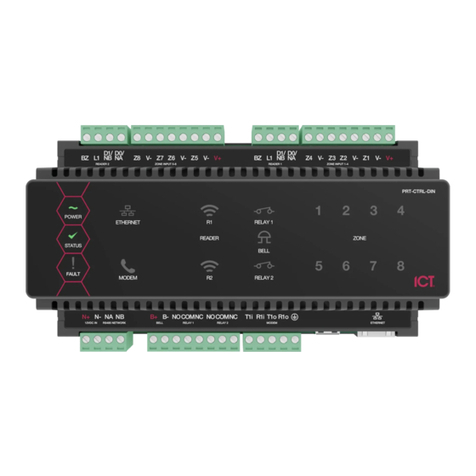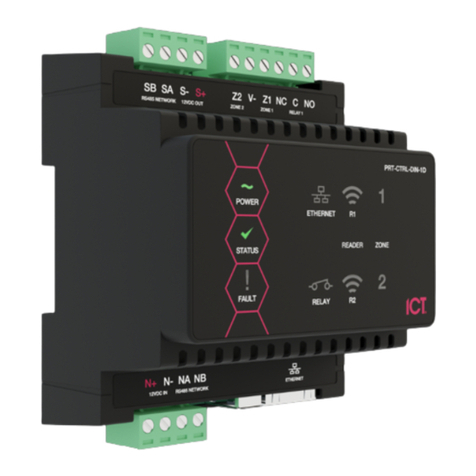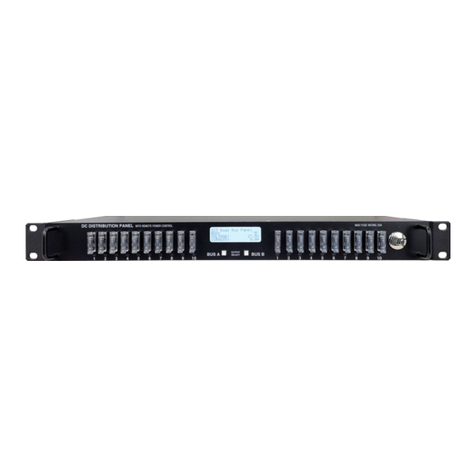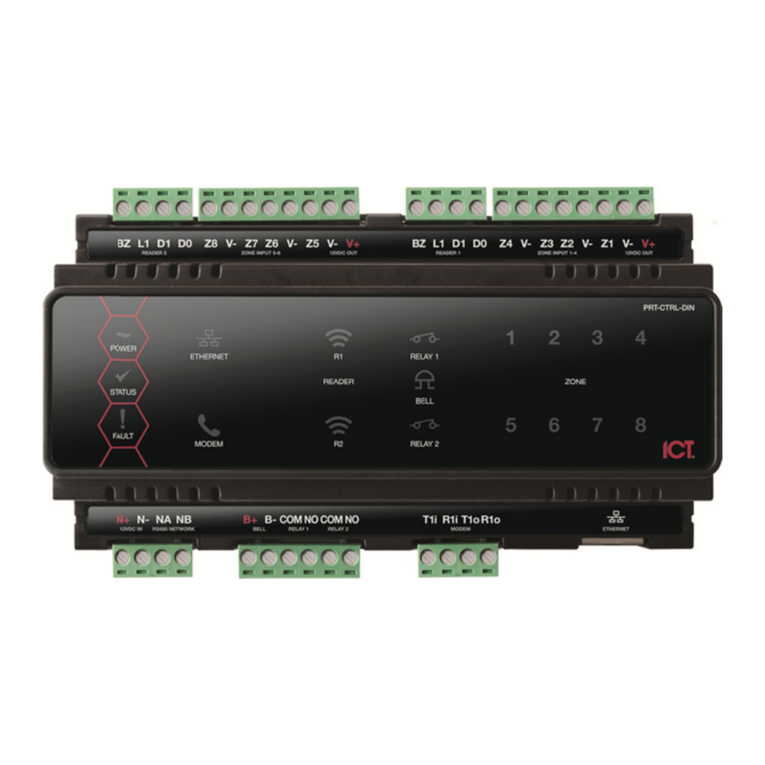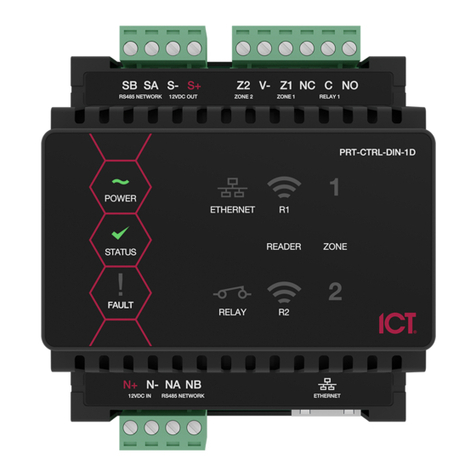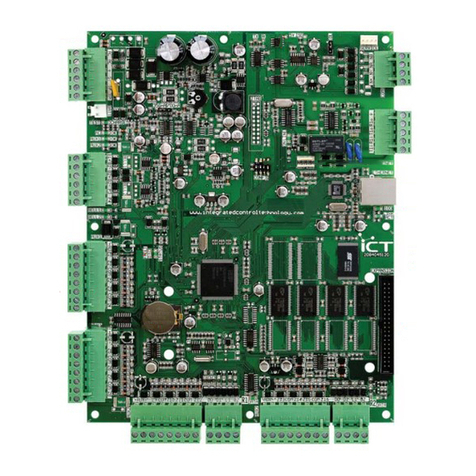
Introduction
Protege WX is an all-in-one, web-based, cross-platform system that gives you a fully functional access control and
intrusion detection solution in a fraction of the time of conventional software. With no software to install, setup is
quick and simple. Connect the controller and system components, then open a web browser to launch the intuitive
wizard-driven interface which guides you through the process of configuring your system.
For information on installing the controller and other system modules, see the Protege WX DIN Rail Integrated
System Controller Installation Manual.
Controller Models
The Controller is the central processing unit responsible for the control of security, access control and automation
in the Protege WX System, and is available in the following models.
⦁The Protege WX DIN Rail Integrated System Controller (PRT-WX-DIN) has 2 reader ports that can be
independently configured for either Wiegand (up to 1024 bits configurable) or RS-485, allowing connection of
up to 4 readers providing entry/exit control for two doors **.
⦁The Protege WX DIN Rail Single Door Controller (PRT-WX-DIN-1D) has 1 RS-485 enabled reader port, allowing
connection of up to 2 RS-485 capable readers providing entry/exit control for a single door.
All models provide onboard access control, with the key difference being the reader ports and number of doors
that can be controlled without the need for additional hardware.
PRT-WX-DIN PRT-WX-DIN-1D
Wiegand Reader Ports 2** -
RS-485 Reader Ports 2** 1
Inputs 8 2
Bell Output 1 -
Outputs (Open Collector) 4 -
Relay Outputs 2 1
Telephone Dialer (for PSTN monitoring) 1 -
** Each reader port supports either Wiegand or RS-485 reader operation, but not both at the same time. If
combining reader technologies, they must be connected on separate ports.
Each port configured for RS-485 operation supports 2 readers, with the wiring identifying which is the entry
reader, and which is the exit reader.
RS-485 reader port connections support configuration for OSDP protocol. The ICT implementation of OSDP
conforms to a subset of the OSDP functionality. For specifications and reader configuration, refer to AN-254
Configuring OSDP Readers, available from the ICT website.
PRT-WX-DIN | Using Protege WX | Programming Reference Manual 8
